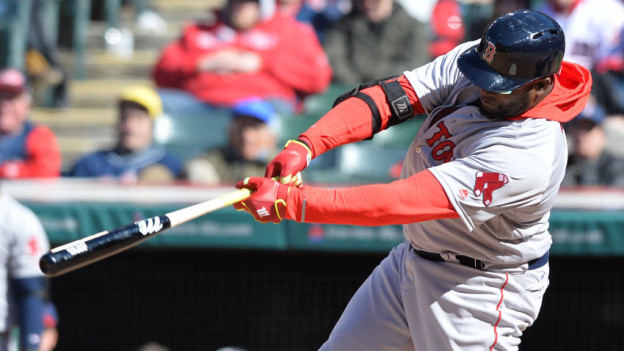For just once, the little guy won, and I’m not speaking to last year’s amazing run to a World Series title by the Red Sox. I refer instead of those fans of Fenway Park, Boston’s majestic old ballpark, who launched a campaign that opposed the former owners’ plans to tear her down in favor of an exact replica but with all the amenities of the modern sports facility. Save Fenway Park!, a grassroots campaign, was launched in 1998 soon after these plans were announced and most individuals familiar with Fenway, including yours truly, viewed them as another far-reaching group just looking to stir emotions when it seemed obvious that a new facility was the answer to the park’s shortcomings. I was most interested in losing those cramped seats and obstructed views in the grandstands where I have sat on many evenings hoping that this would be the year.
Fast-forward seven years later; suddenly, with several changes made to the park over the past few years by a new Red Sox ownership, there is renewed commitment to the oldest active park in the majors. With a championship team playing to a packed house every night, the organization announced in late March that the club would remain at Fenway for generations to come. As John Henry, Tom Werner, and Larry Lucchino stood before the media publicizing a foregone conclusion, you could almost hear the soul of the park breathe a collective sigh of relief.
Fenway Park may be the most aesthetically-pleasing park in major league baseball today, although I admit that I may be slightly biased in that opinion. True, it still has shortcomings that will never be solved even with extensive renovations, but perhaps that is part of the attraction. Enter the gates, circle underneath the grandstand to find your section, and then climb the concourse to emerge to perhaps the most inviting site: the clay infield, the fresh-cut grass, and that left field wall that arises high above the playing field, beckoning batters to try and scale its heights with a perfectly-executed swing of the bat. Foul lines hug the walls as the park wraps itself right around the action on the field, with the attention of nearly 35,000 pairs of eyes on every delivery to home plate and the outcome that follows.
Less than two weeks ago, we were witness to an ugly incident in which a fan not only interfered with play in the right field corner near Pesky’s Pole but, on camera, appeared to take a swing at an opposing player. That fan was subsequently ejected from the ballpark and ultimately lost his season ticket privileges, a move made by the organization to make an example of that individual for trying to smear the spirit of the game. While some might see the punishment as harsh or extreme, the purpose was to save the intimacy of the park. While the owners want to keep fan interaction as a part of Fenway’s attraction, they don’t want fan interference to detract from its beauty.
Witness one hundred years ago when the Red Sox, then commonly referred to as the Americans, played at the old Huntington Avenue Grounds just across the tracks from the South End Grounds that the old Boston Braves called home. It was not uncommon for fans to stand along the foul lines and wrap themselves around the infield dirt. How often do you suppose that fan interference played a role in deciding the outcome of those games? Even after moving into Fenway Park in 1912, fans use to sit on what was known as “Duffy’s Cliff” in left field, the slight incline in front of the left field wall as the action took place.
These days, at many other ballparks around the majors, the average ticket holder sits far away from the action, so much so that you need binoculars just to recognize who’s playing where. Even those who get front-row seats usually find themselves with generous amounts of foul territory that buffer them from the action. That’s part of what makes Fenway such a unique place to watch a ball game; that intimate feeling, even with the addition of several thousand seats before all is said and done, has not vanished. The place where we watch today’s players like Curt Schilling, David Ortiz, Jason Varitek, and Manny Ramirez is not much different from the time that saw such greats like Tris Speaker, Babe Ruth, Ted Williams, Bobby Doerr, and Carl Yastrzemski cover the field. While the names have changed, the aura of Fenway is still there.
Over the years, baseball stadiums have come and gone, like Ebbets Field, Sportsman’s Park, the Polo Grounds, and Tiger Stadium; some day, they may be joined by other storied stadiums like Wrigley Field, Yankee Stadium, and our beloved Fenway Park. For now, the Red Sox have realized that while Fenway, like a classic car, may not have the attractions of these modern stadiums, but it’s the simple beauty of the old girl that continues to bring fans through the turnstiles.
